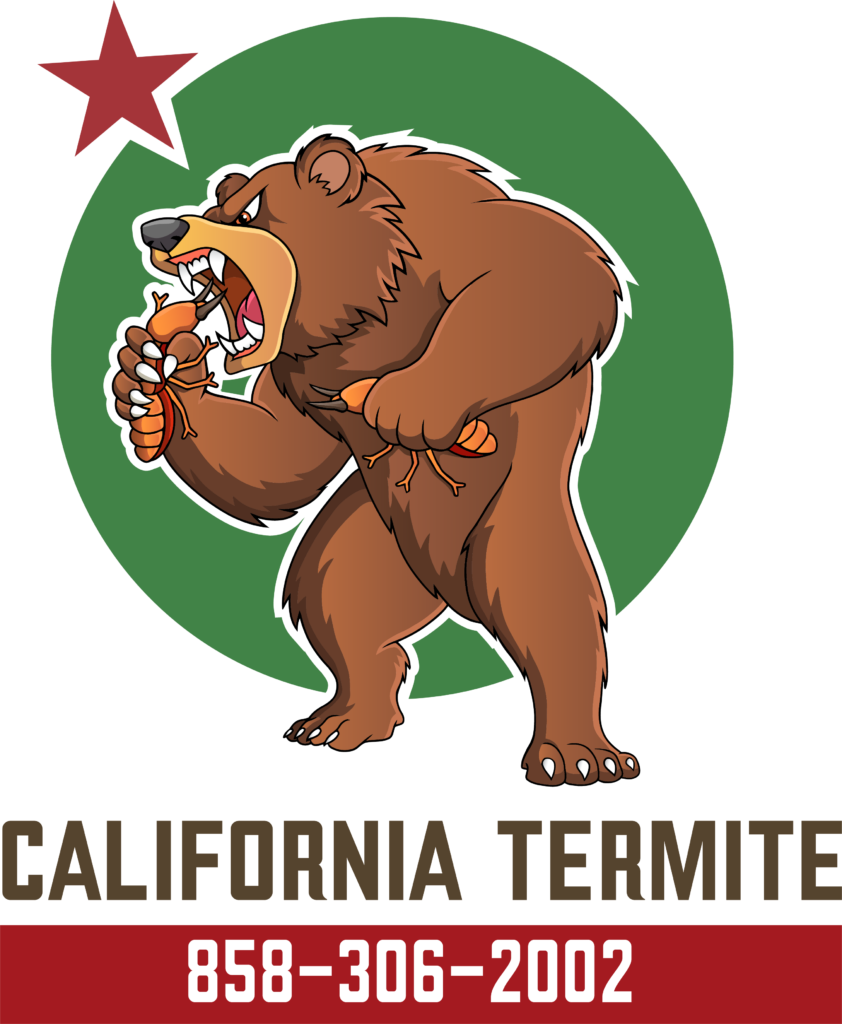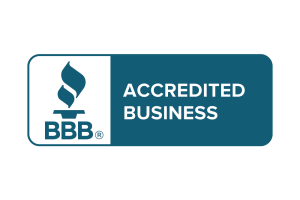Fumigation Related
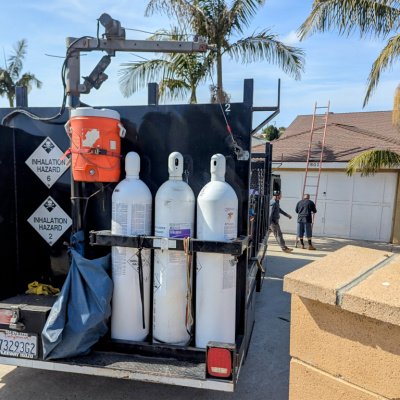 Fumigators
Fumigators
All termite control companies subcontract their fumigations to specialized fumigation companies. This is necessary for several reasons: fumigation requires a different license than general termite or pest control, specialized equipment, and a higher level of workers’ compensation coverage due to the need for employees to walk on rooftops.
Fumigators and termite companies have distinct roles in the fumigation process. Termite companies conduct inspections and determine when fumigation is necessary. They also provide fume bags, ensure fumigation documents and waivers are signed, assist homeowners in preparing for the process, and handle any associated termite warranties, including follow-up inspections. Fumigators, on the other hand, coordinate with the gas company to shut off service, perform the actual fumigation, and warranty their work.
Fumigators operate more like wholesalers—they don’t sell directly to consumers. While homeowners may have dozens of local termite companies to choose from, there are typically fewer than ten fumigation companies servicing a given area. Fumigators focus on serving termite companies rather than marketing to the general public.
 Fumigation Tags
Fumigation Tags
Fumigation completion tags are usually stapled in the attic entrance or in the garage. These tags are white with red lettering and provide key details: the date of fumigation, the type of fumigant used, the fumigation company that performed the work, and the termite control company that ordered it.
These tags are important because, unfortunately, not all termite companies return after fumigation to clean up or mask old termite evidence. For example, if an inspector finds termite droppings in an attic that was fumigated within the last two or three years, those droppings are likely old and inactive. In cases like this, the fumigation tag helps provide context.
After two years, that tag may be the only remaining proof of fumigation. The State of California only retains fumigation records for two years, and termite companies are only required to keep their records for three.
 Fumigation Waivers and Disclosure Forms
Fumigation Waivers and Disclosure Forms
Before a home can be fumigated, homeowners are required to sign several disclosure forms. Some, like the Occupants Notice, are mandated by the County of San Diego’s Department of Agriculture, Weights and Measures. Others clarify how the homeowner will provide access to the property, shut off gas service, or acknowledge potential risks like roof or plant damage. There are waivers that release the fumigator and termite company from liability in cases of break-ins, vandalism, or accidental damage. If the fumigation tent will rest on a neighbor’s property, a signed Neighbor Release is required. For fragile or tile roofs, homeowners may be offered optional tile insurance—if declined, a waiver must be signed. Surprisingly, there’s even a form specifically for cat owners. Too many cats have re-entered tented homes through pet doors and died, so homeowners are now asked to confirm if they own a cat and where it will be during fumigation. While it may feel like a lot of paperwork, these forms are in place to ensure safety, legal compliance, and clear communication between all parties involved.
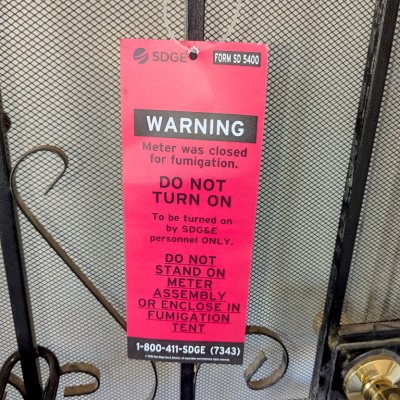 SDG&E
SDG&E
SDG&E provides natural gas service in San Diego County. Before fumigation, natural gas must be turned off to prevent a chemical reaction between the pilot light flame and Vikane gas.
Typically, the fumigation company arranges for SDG&E to turn off the gas, but the homeowner must schedule gas restoration in advance. Service can be restored on the day the tent is removed by calling 800-411-7343, option 4 ahead of time.
There is no charge for turning the gas off or restoring service. SDG&E performs shut-offs Monday through Friday but does not turn gas off on Saturdays. However, they do restore gas service on Saturdays.
It’s important to check SDG&E’s holiday schedule. If a fumigation is planned for a Monday that falls on an SDG&E-observed holiday, the gas must be turned off the prior Friday. In such cases, scheduling fumigation for Tuesday may be more convenient.
If a property has multiple gas meters, such as a back house or a shared meter with a neighboring unit, turning off the gas may affect other households. Homeowners should be aware of this before scheduling service.
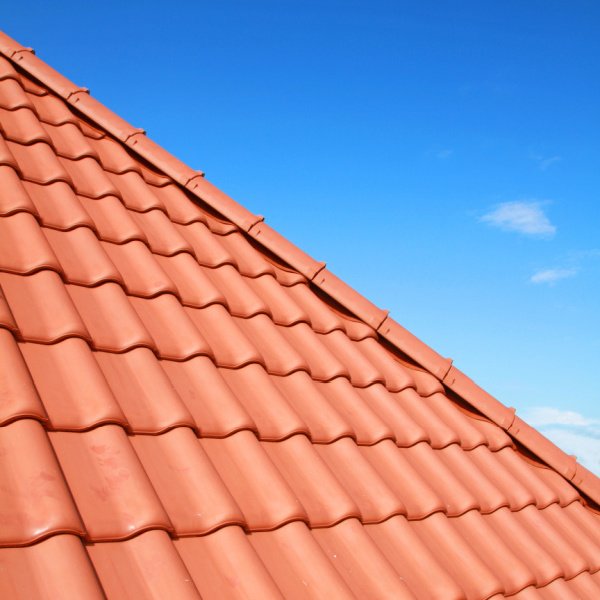 Tile Insurance
Tile Insurance
The cost of tile insurance is determined by the cubic volume of your home. While this may seem unfair to owners of multi-story homes—where much of the volume is living space rather than roof area—it’s important to note that the cost of tile insurance is typically a direct pass-through expense from the fumigator to the termite company. Most termite companies do not mark up this price; they simply collect the fee on behalf of the fumigator.
Tile Material and Insurance Costs
- Concrete Tile Roofs: Tile insurance is generally less expensive for concrete tile roofs. In many cases, homeowners with concrete tile roofs may decide against purchasing tile insurance. However, if you choose not to buy it and tiles are broken during the fumigation process, you’ll need to cover the cost of repairs yourself.
- Clay Tile Roofs: Tile insurance costs more for clay tile roofs because these tiles are more fragile and more likely to break during tenting. For clay tile roofs, purchasing tile insurance is strongly recommended to avoid significant out-of-pocket expenses.
Pre-Tenting Inspection and Coverage
Before starting the fumigation process, the fumigator will conduct a thorough inspection of the roof to document any existing broken tiles. If you’ve opted for tile insurance and the fumigator breaks additional tiles during the process, they will replace the broken tiles using their own supply. This ensures your roof is restored without extra costs or hassle on your part.
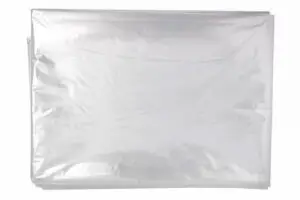 Nylofume Bags
Nylofume Bags
Produced by Dow AgroSciences, the same company responsible for the gas they safeguard against, Nylofume bags are essential for securely storing ingestible items during termite fumigations. Made from a durable nylon polymer film, these bags are designed to prevent exposure to the deadly Vikane gas used in the process.
Each bag is about the size of a large pillowcase. Items that are not factory-sealed must be double-bagged for maximum protection. This includes items stored in refrigerators or freezers. To secure the bags, twist the top tightly, seal it with masking tape, and repeat the process with a second bag.
Interestingly, Nylofume bags are also popular among campers, who use them to line their backpacks. Their ability to trap odors makes them an effective tool for preventing unwanted attention from wildlife, such as bears.
While Nylofume bags are strong enough to protect your items during fumigation, they can split at the bottom if overfilled. Always support the base of the bag when carrying it after loading.
Due to their specialized design, Nylofume bags are relatively expensive, with a pack of 100 bags costing over $100. This is why termite companies are often cautious about distributing more bags than necessary.
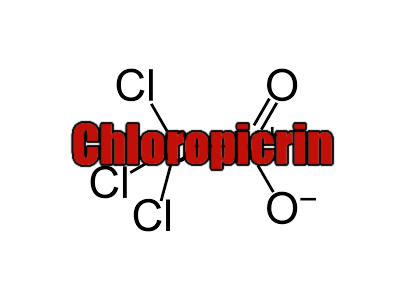 Chloropicrin
Chloropicrin
Chloropicrin is a tear gas-like irritant used as a warning agent during termite and beetle fumigations. Since Sulfuryl Fluoride (Vikane Gas) is colorless and odorless, chloropicrin is introduced first as an added safety measure to keep humans and animals out of the tented structure. Its strong, irritating odor serves as a clear warning to stay away.
In addition to deterring human and animal entry, chloropicrin also helps clear out any wildlife that may have been hiding within the structure — such as rodents, birds, or stray cats — before the Vikane gas is released. This helps ensure that no animals remain trapped inside during the fumigation process.
 Plant Damage
Plant Damage
If you have vegetation growing against your home, it may be damaged during a termite fumigation. Watering plants on the day the tent goes up can help, as moist soil makes it harder for the gas to penetrate—similar to how gas doesn’t escape when fumigating boats resting on water. However, climbing vines and plants in direct contact with your home are likely to be affected. This is an important factor to consider when deciding between fumigation and alternative treatment options.
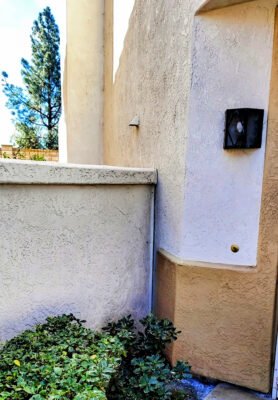 Hollow Stucco Fences
Hollow Stucco Fences
In some newer neighborhoods where homes are built close together, a hollow stucco fence may connect neighboring properties. This can create a challenge if one homeowner needs to fumigate their house. Because the tenting material cannot be properly sealed over a wall that is directly attached to the fence, the only solution—unless both neighbors participate—is to cut the fence and create a gap large enough to fit the tenting material between the house and the fence.
If your termite inspector lacks experience with this situation, you may not find out until it’s too late—potentially delaying your fumigation. That’s a major inconvenience if you’ve already bagged your food, boarded your pets, and booked a hotel stay.
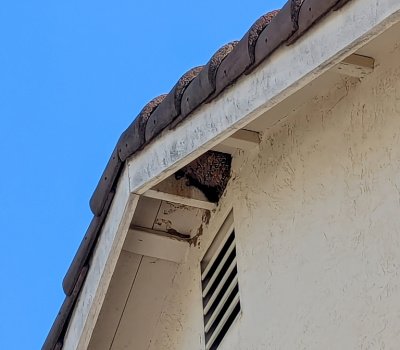 Swallows Nests
Swallows Nests
Swallows are birds that build nests from mud and primarily feed on insects.
These birds often construct their nests around the gable vents of houses. While this behavior benefits swallows, homeowners may find it frustrating due to the noise and mess the nests create.
Despite these concerns, swallows play a vital role in the environment by controlling insect populations. A decline in their numbers can disrupt the natural balance, which is why swallows are protected under the Migratory Bird Treaty Act.
Swallows relate to pest control in two key ways:
- Natural Pest Control: By feeding on insects like flies and wasps, swallows help keep populations of potentially harmful pests in check.
- Fumigation Restrictions: Fumigators cannot tent a house for termites with an active swallow’s nest attached if the birds are present.
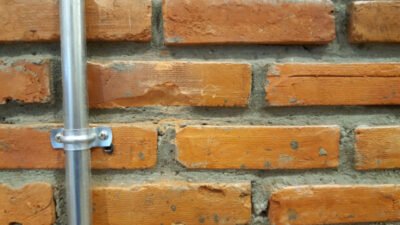 Conduits
Conduits
The presence and location of conduits are critical considerations when fumigating a property for drywood termites.
Conduits are tubes that house electrical or other wiring, allowing them to run between structures. If a property has multiple structures but only one is being fumigated, it’s essential to identify any conduits that connect them.
Conduits running from the fumigated structure to another building must be sealed with foam to prevent the fumigant from traveling through the conduit and posing a risk to anyone in the other structures. Properly addressing conduits ensures a safe and effective fumigation process.
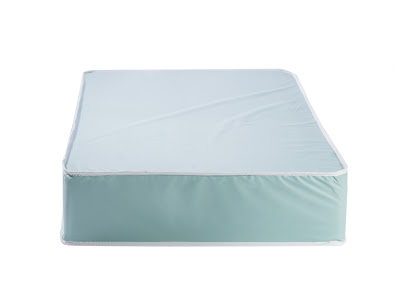 Waterproof Mattress Covers
Waterproof Mattress Covers
If your mattress or pillows are encased in a waterproof cover they must be unzipped or opened prior to fumigation. If the covers cannot be opened and don’t have vents, the mattress or pillows should be removed from the home entirely.
There are two important reasons for this:
- The fumigant needs to reach the mattress or pillows to eliminate any insects that may be inside.
- You don’t want the fumigant to become trapped within the sealed encasement.
Opening the cover ensures the treatment is both effective and safe, allowing the fumigant to fully penetrate and properly dissipate afterward.
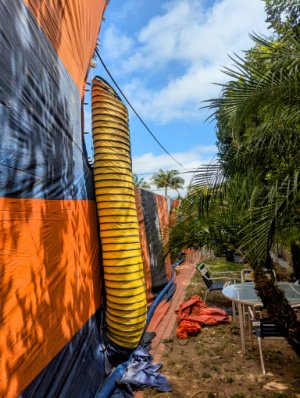 Capping the Tent
Capping the Tent
“Capping” takes place on the second day of a termite fumigation, at least 24 hours after the fumigant has been released inside the structure. Despite the name, capping doesn’t mean sealing the tent—it actually refers to removing the caps that were holding the fumigant in, allowing the gas to escape safely into the atmosphere.
Since the fumigant is lighter than air, it naturally rises and dissipates. On the third day, the fumigation crew returns to the property to test the air quality and, once it’s safe, remove the tent. Later that same day, the gas company will typically restore gas service to the home.
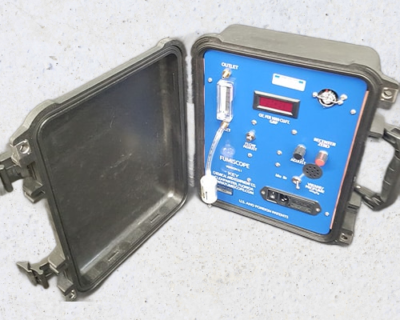 Fumiscope
Fumiscope
A fumiscope is a device used to monitor the concentration of sulfuryl fluoride (Vikane gas) during termite and beetle fumigations, especially in large structures where failure is not an option. It provides real-time data that allows the fumigator to make critical adjustments, such as increasing the fumigant dosage or extending the exposure time to ensure a successful treatment.
Large-scale fumigations often involve challenges like firewalls or compartmentalized construction, which can obstruct the uniform distribution of gas and lead to treatment failure. A fumiscope helps ensure that the gas concentration remains consistent throughout the structure. It can also identify leaks in the tenting material, allowing the fumigator to address them promptly.
Fumiscopes come in two types: portable models that require onsite monitoring and remote data acquisition systems that allow offsite monitoring. Both options provide valuable data to help guarantee the effectiveness of the fumigation.

